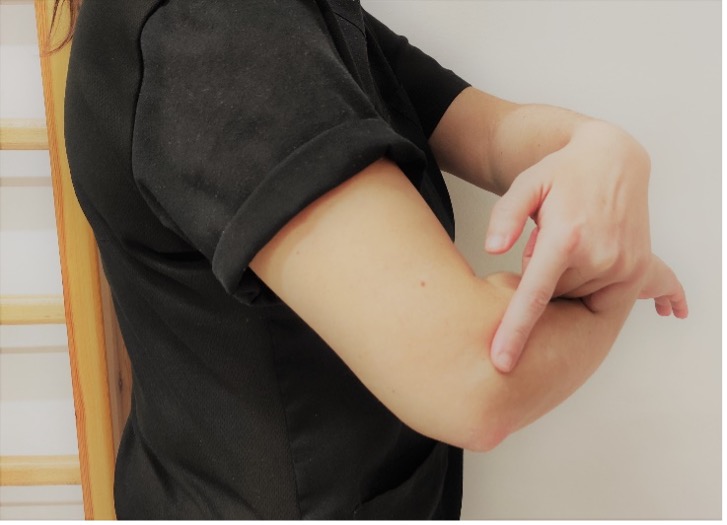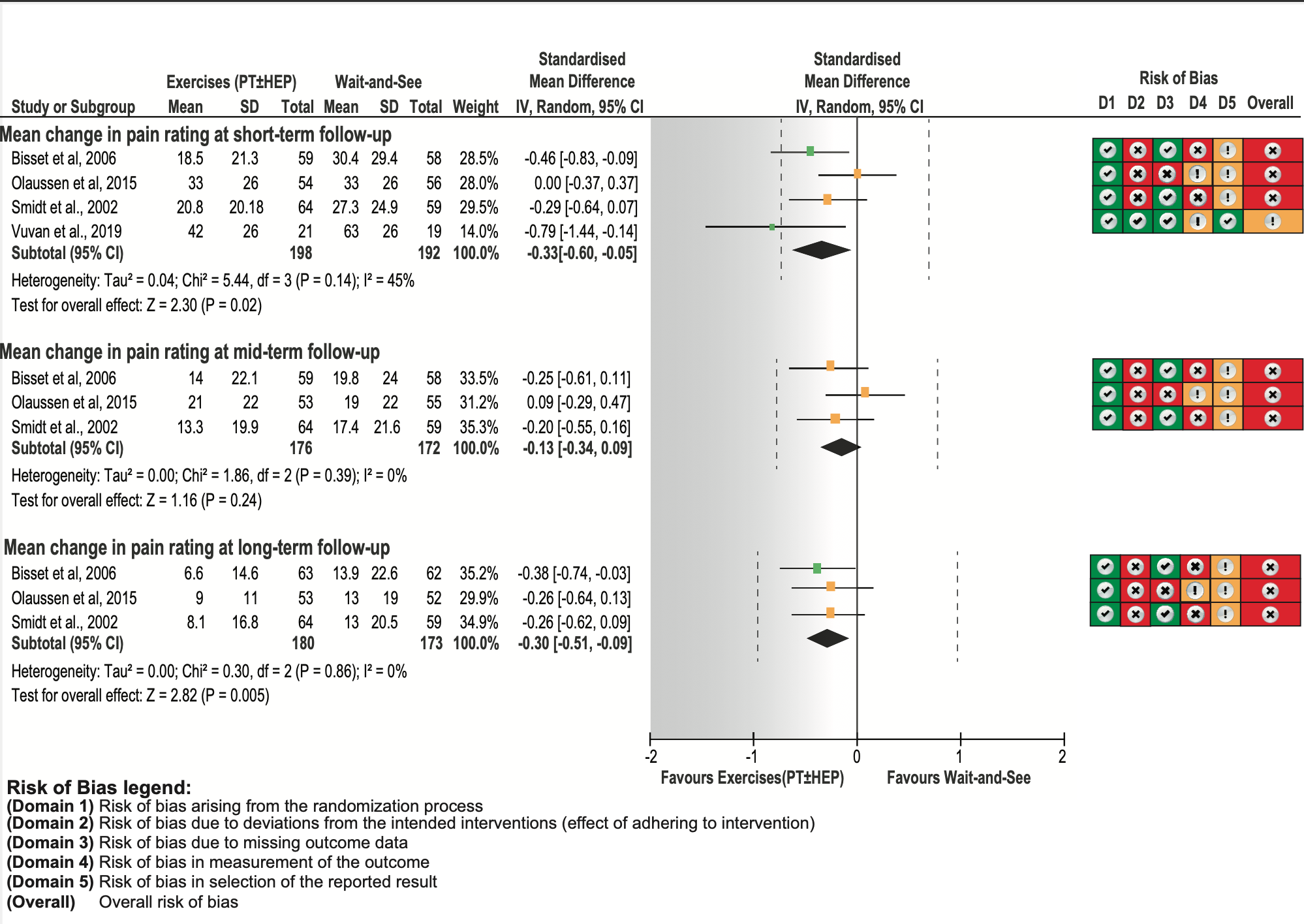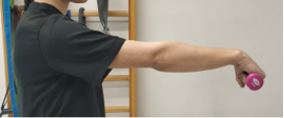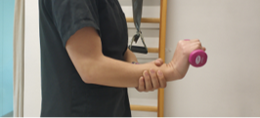This is an overview of our systematic review and meta-analysis on exercise effectiveness during the management of lateral elbow tendinopathy published in BJSM. The full text of the project can be obtained via https://bjsm.bmj.com/content/early/2020/11/04/bjsports-2020-102525.info

Why is this important?
Lateral elbow tendinopathy or ‘tennis elbow’ is the most common cause of pain in the elbow, with a complex clinical presentation, increased disability and productivity loss. It is characterized by the presence of pain in the lateral aspect of the elbow radiating to the forearm which is mostly aggravated during gripping.
If you are a patient suffering with lateral elbow tendinopathy you will be possibly advised to use exercises, passive physiotherapy interventions, support devices and corticosteroid injections. Although exercise interventions are the most common treatment approach, they are prescribed in various types, modes and dosages. To overcome this confusion and improve patient outcomes, clinicians and patients should be clearly informed about i) the magnitude of the effectiveness of exercise compared to passive interventions and ii) the appropriate exercise parameters to be used.
How did we go about it?
So, we conducted a systematic review and meta-analysis in the topic searching key online databases and grey literature from inception to November 2019. We included only randomized controlled trials and appraised the risk of bias using the new ‘risk of bias 2’ tool of the Cochrane Collaboration. Outcome measures included pain intensity, function and success rate. The Grading of Recommendations Assessment, Development and Evaluation (GRADE) was used to appraise the quality of evidence.
What did we find?
30 trials with 2123 patients with lateral elbow tendinopathy were included. 30% of trials were rated as ‘some concerns’ while 70% were rated as ‘high’ in the overall risk of bias. Exercise with or without other interventions outperforms corticosteroid injections in pain intensity (Figure 1) and all other outcomes at all follow-up occasions (low certainty). Exercise shows better results than a wait-and-see policy in specific outcomes including pain intensity (Figure 2) and elbow disability (low and very low-certainty). No difference between concentric–eccentric and eccentric exercise alone exists (very-low certainty).


Take-Home Points
- Active interventions including upper limb strengthening and stretching exercises should be considered as first-line treatment in patients with lateral elbow tendinopathy.
- Although exercise interventions are beneficial, the magnitude of the effect is small compared with other conservative interventions.
- Future trials should describe load, dosage, time under tension, rest periods, acceptable pain level, equipment, duration and frequency of exercises used.
- Outcome measures in lateral elbow tendinopathy should align with the core domains for tendinopathy (https://bjsm.bmj.com/content/54/8/444) while long-term follow up measurements should be included as well.


Author and Affiliations:
Stefanos Karanasios, Physiotherapy, University of West Attica, Egaleo 122 43, Greece; skaranasios@uniwa.gr